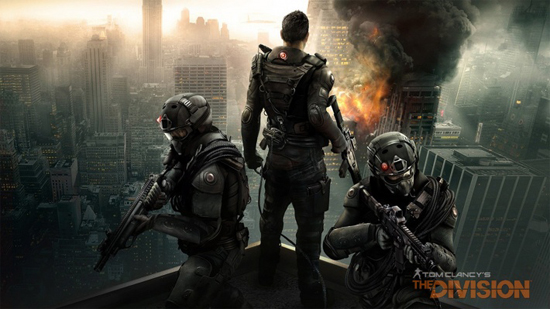A great sadness washed over me last Wednesday morning in spite of the news that Tom Clancy has died. From his novels to the movies they inspired, along with his video game franchises, Clancy as a story-teller resides in a unique echelon of few and certainly was one of the most prolific for his time. Although adaptations of novels into movies and video games is a long established entertainment practice, few creative souls have attempted to coincide two forms of entertainment media into the same narrative to expand the experience of their stories. None of whom have had as much success as Clancy; though Ian Fleming’s James Bond comes close, Clancy took coinciding media releases of the same narrative far beyond the spy thriller author.
It has been 15 years since Rainbow Six released on book shelves and video game shelves. I still have the first edition hardback and somewhere within the recesses of a .50 caliber ammo can I house my old PC games in rests the game itself. It was an entertainment experience unlike any other as you simultaneously could read through and play through the narrative. The experience was carefully crafted, the novel being written by Clancy himself while the game was developed by a studio he co-founded, Red Storm Entertainment, now Ubisoft Red Storm. Action driving both media, Clancy’s prose fit beautifully with the gameplay amplifying the stories’ suspense by simulating boots on the ground as you traversed the narrative as the Rainbow operatives. Finally having the opportunity to play one of the most beloved Clancy characters, Ding Chavez, only added to the extraordinary experience that was Rainbow Six

As a video game Rainbow Six revolutionized the first-person shooter genre which by 1998 only five years after the release of Doom had one chaotic dimension; constant action. It brought an entirely new dimensions to shooters; a briefing and planning phase which directly effected the behaviors of your friendly AI in-game and therefore outcome of the mission, and friendly AI under your command and control in-game without an invisible hand dictating them as you played among them. During the planning phase you had to plot their course throughout the mission area while also outfitting your team with the gear they required. Though a scripted symphony of movement, breaching, and clearing; once the game launched into the mission and your computer-assisted teammates executed the plan you devised, the results of a well executed plan seemed orchestral, while the results of a poorly executed plan were a calamitous cacophony.
The emphasis was placed on you despite the game being a team effort, as you commanded the entire team. To which their failures were your failures. It was a game that above all else taught you the importance of thought and consideration during planning and moving friendly units together as one; but also consequence. The game was by no means easy, even for a veteran player. The enemies you faced shot well and often true, bullets were very lethal as only a couple would do, a poorly thrown flashbang had drastic and deadly repercussions for everyone in the flash radius, and the environments you operated in commonly offered tactical difficulties such as long hallways with multiple rooms and few points of entry for buildings. Rainbow Six challenged you to a degree rarely seen in video games which often drove you to frustration, but rather than inducing mouse-chucking rage, developed a fine grit and resolve by the time you beat it. Since then, only a few series of games have continued this trend of planning and realistically simulated difficulty; Ghost Recon (yet another Clancy franchise), Operation Flashpoint, ArmA (whom share an original development team), along with SWAT 3 and SWAT 4.

To date Clancy worked on or inspired; 21 titles between the Rainbow Six, Ghost Recon, and Splinter Cell series along with three real-time strategy titles, a turn-based strategy title, two aerial combat titles, and the upcoming Tom Clancy’s The Division; by my count that’s 28 video game titles excluding expansions for
Along with his 20 novels (16 of which comprise the Jack Ryan universe) Clancy also published two novels based his branded EndWar games and co-developed four other novel series Power Plays, Op-Center, Net Force, and Net Force Explorers that have 48 books between them two of which spawned a made-for-TV film and a television mini-series. The Power Plays novels also served as the basis for three of Red Storm Entertainments’ earliest titles, including their first game Tom Clancy’s Politika.
As a contributor to literature, film, television, and video games Clancy is truly in a class of his own; I for one will greatly miss the man for that which he has given all of us, a remarkably prolific, intriguing, and innovative volume of works.
